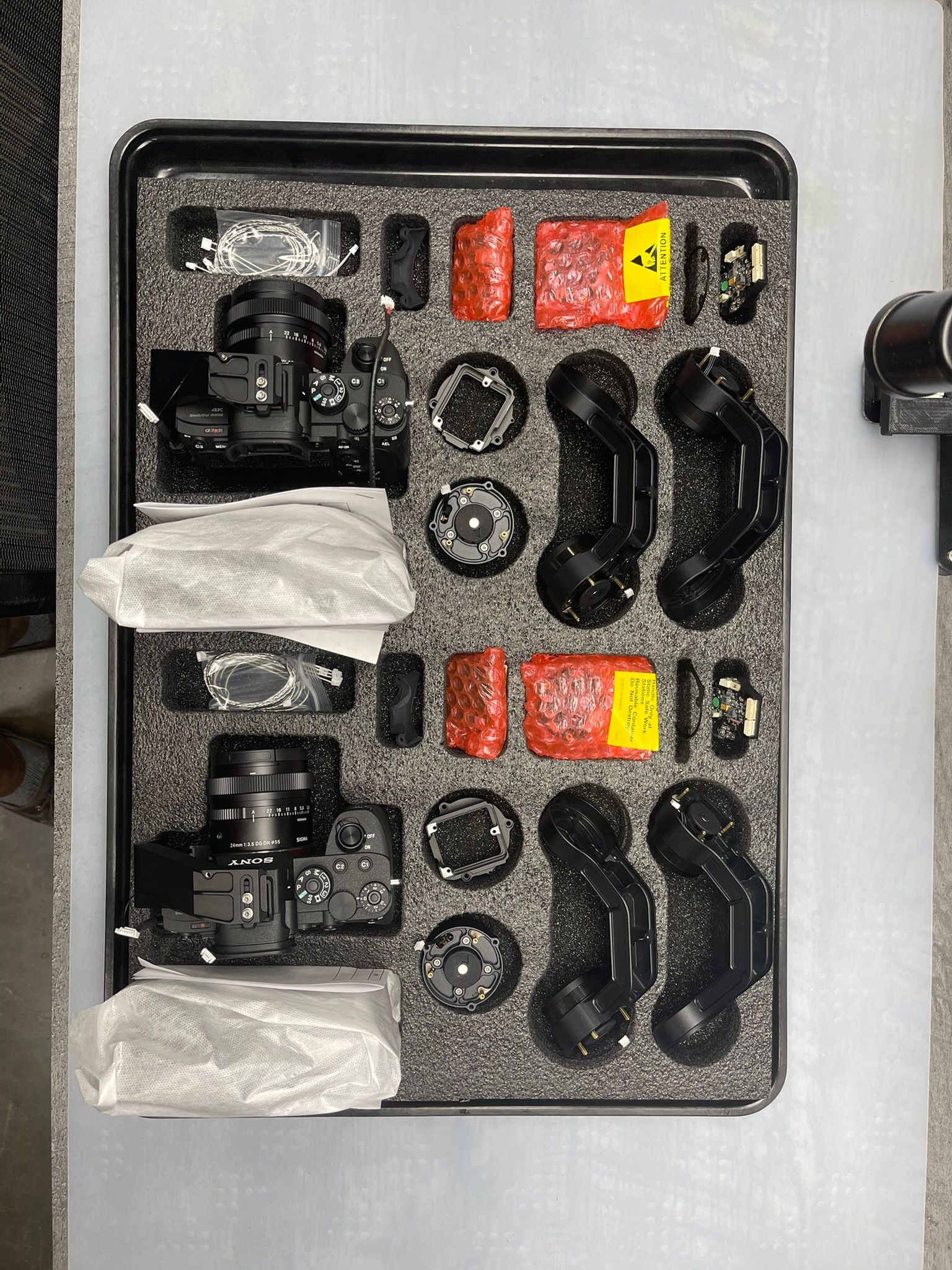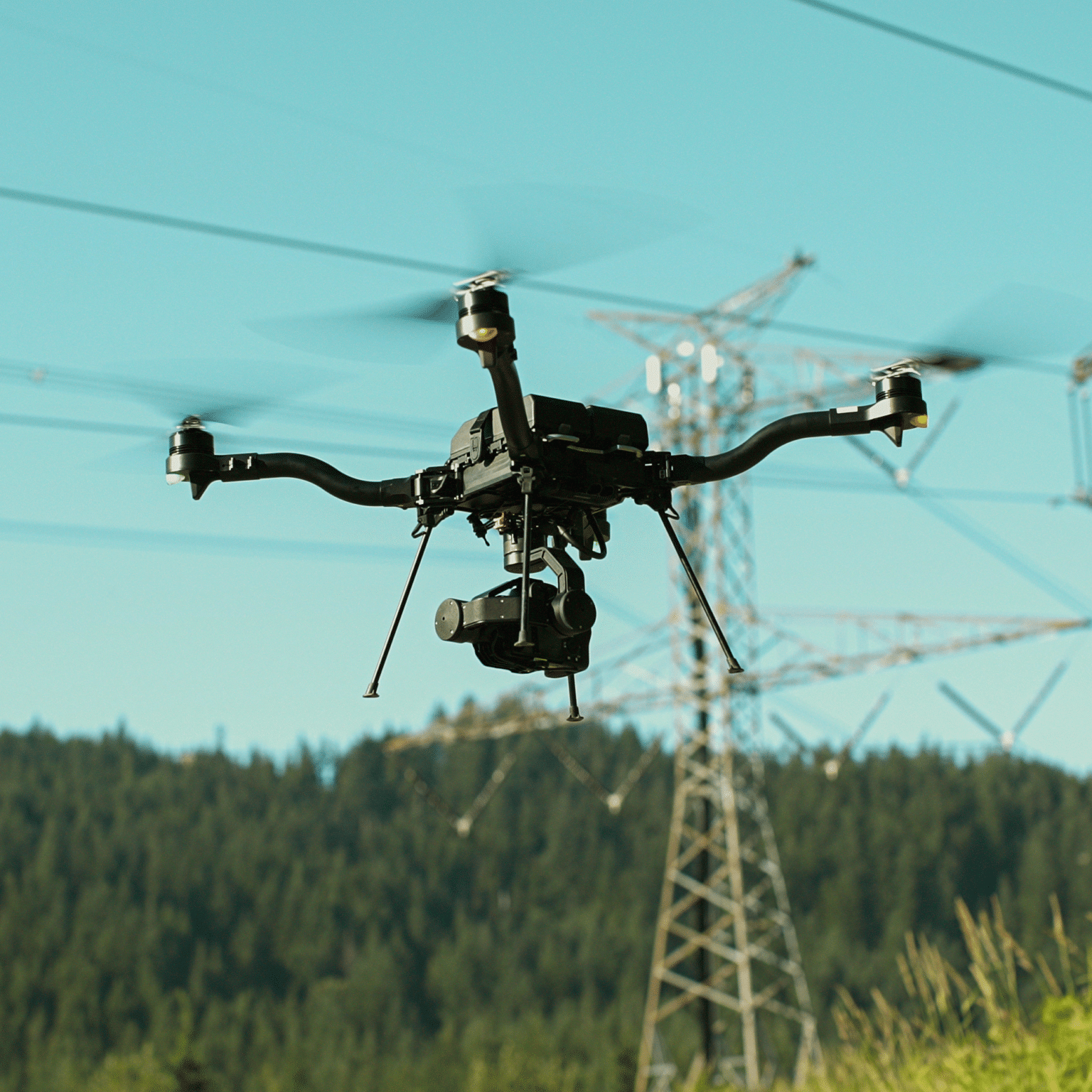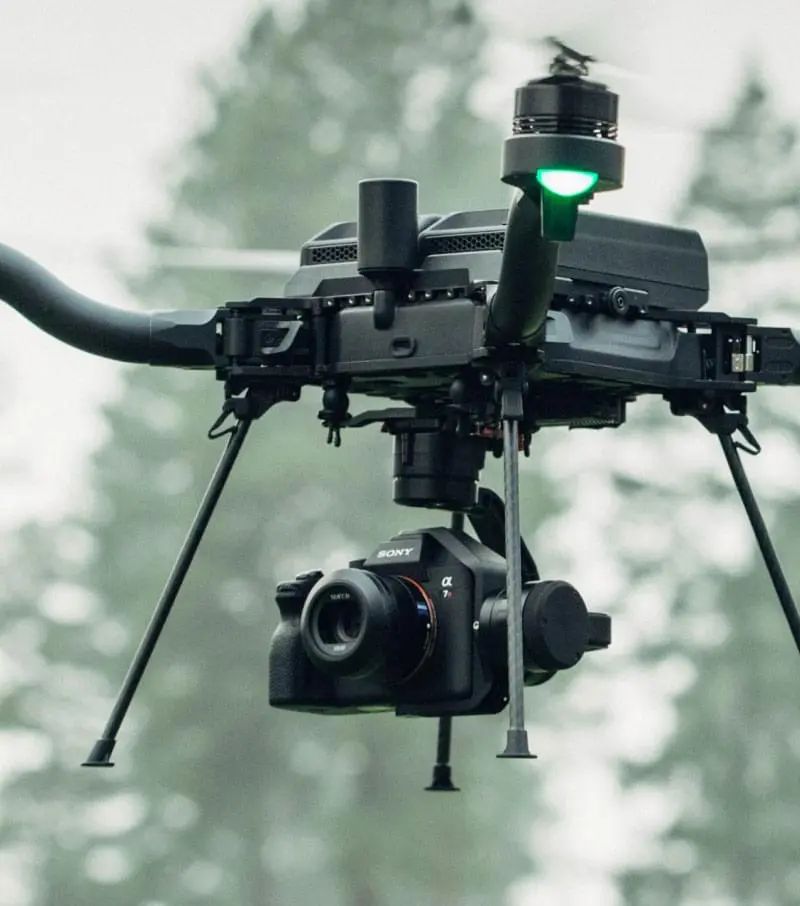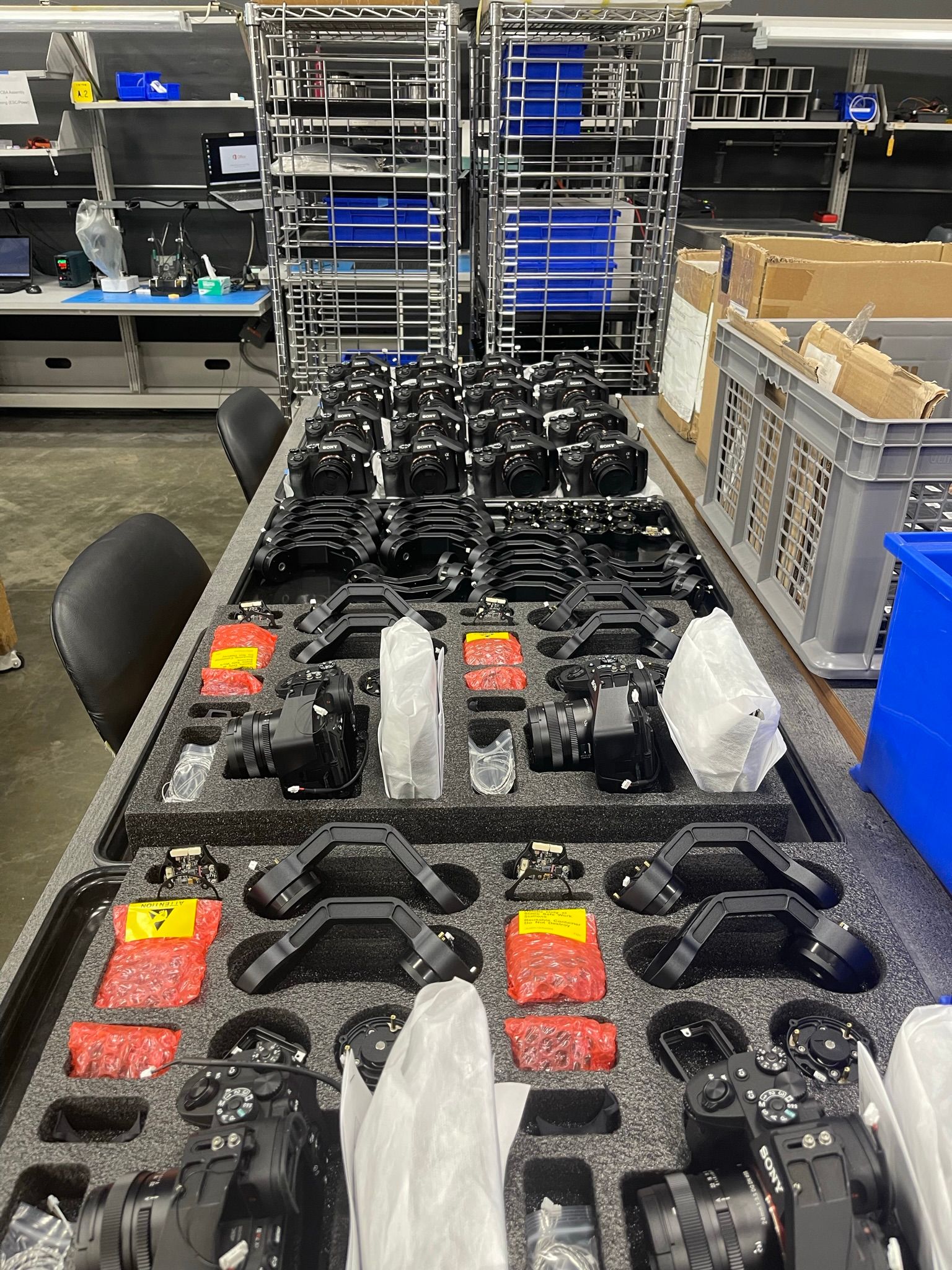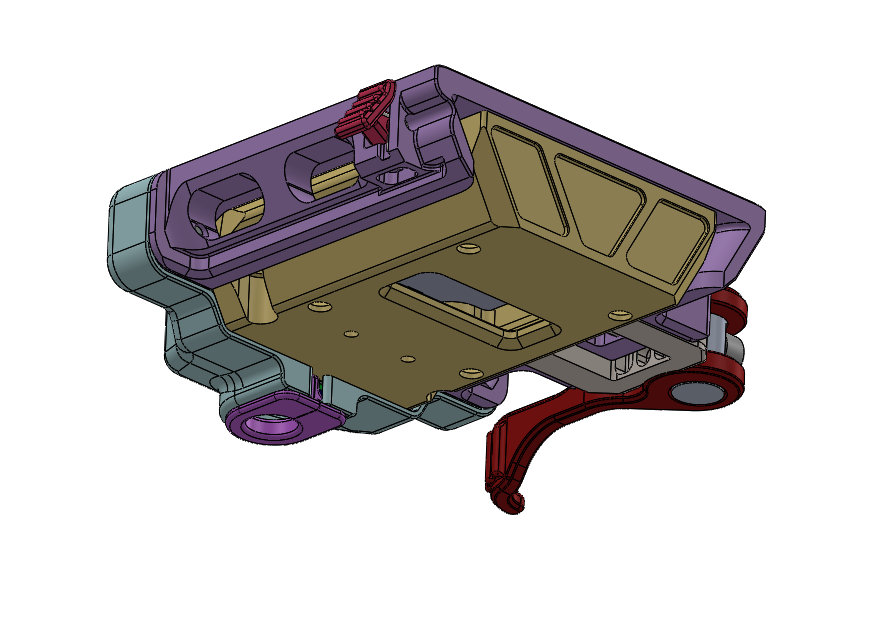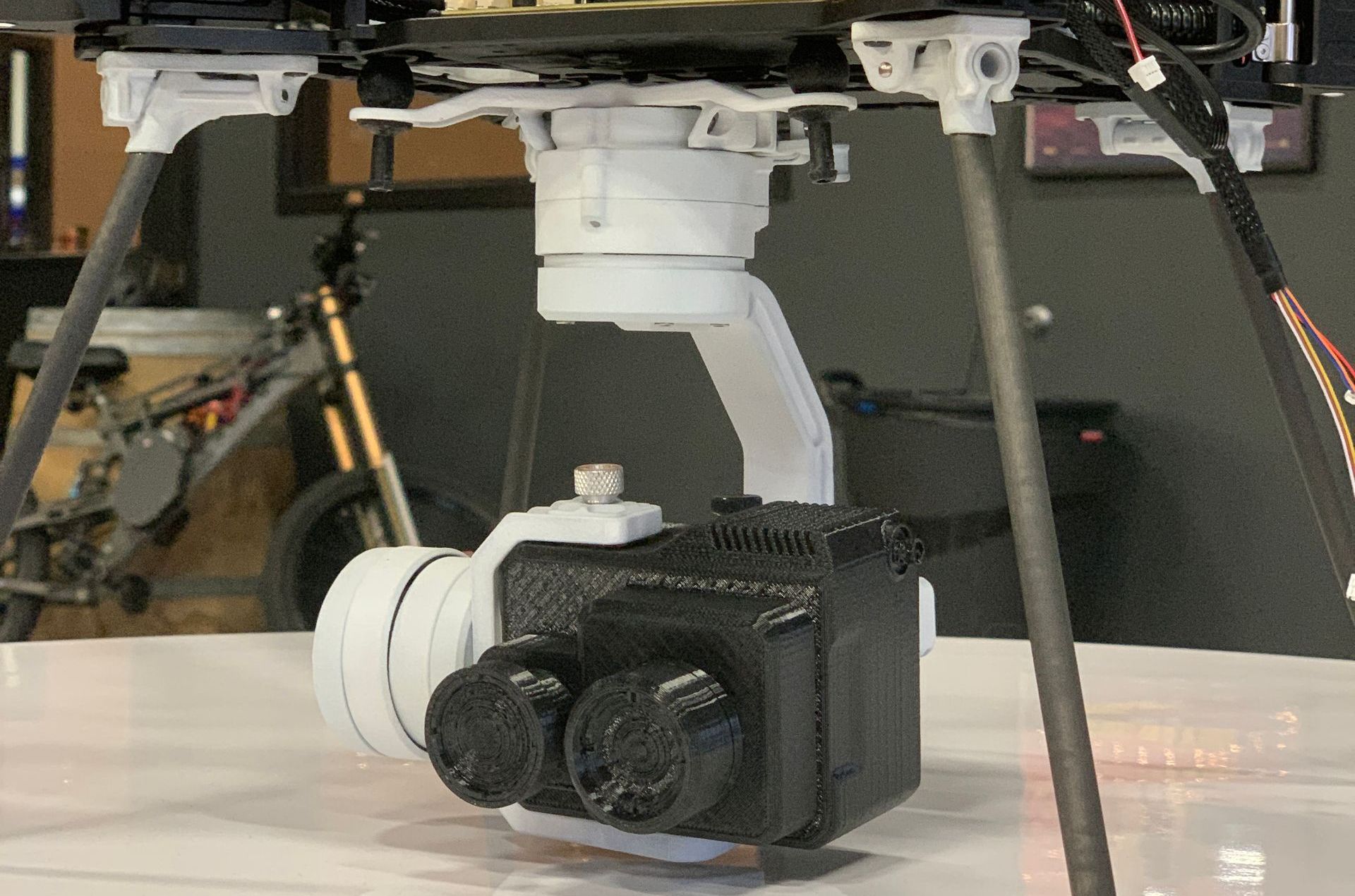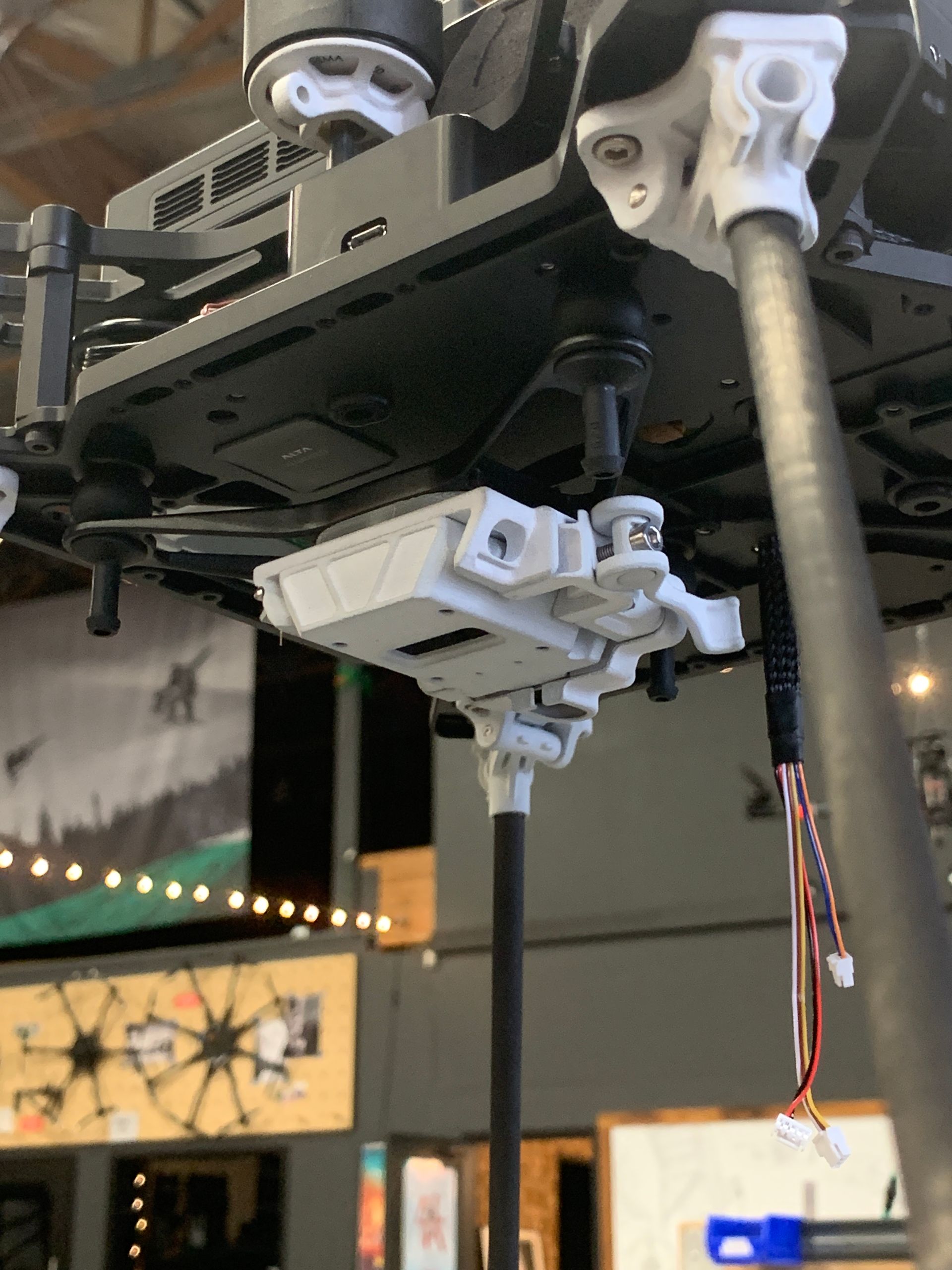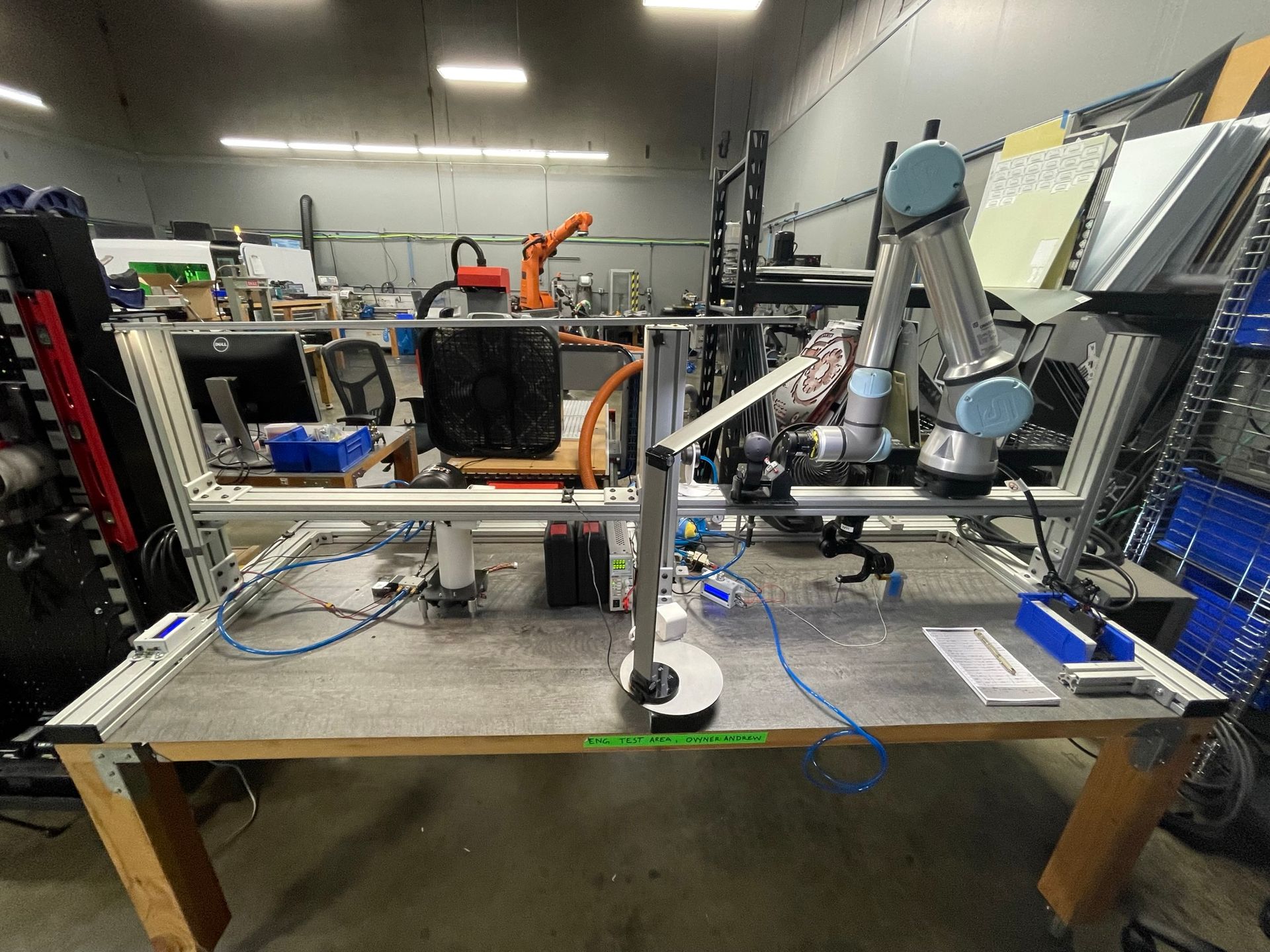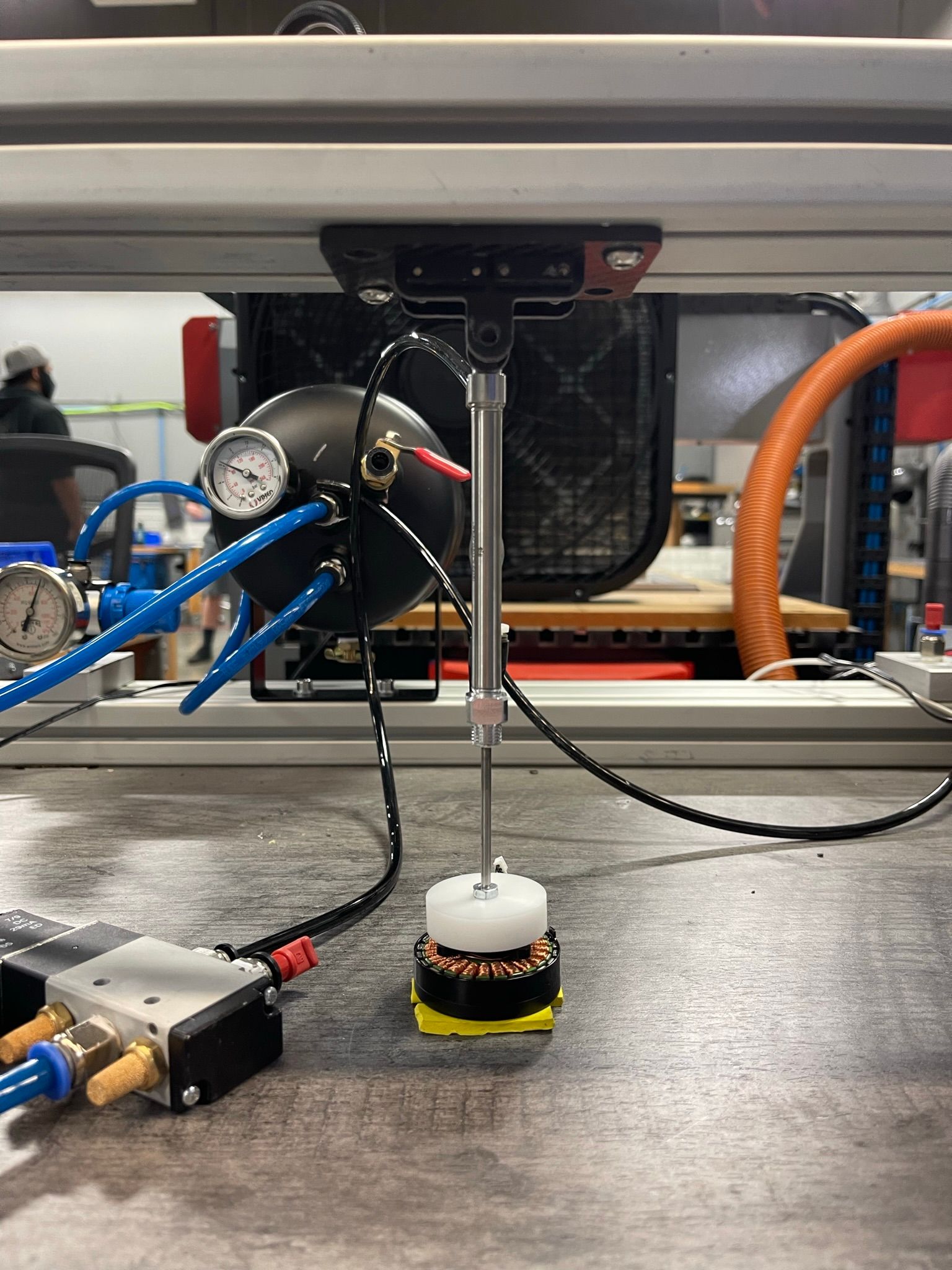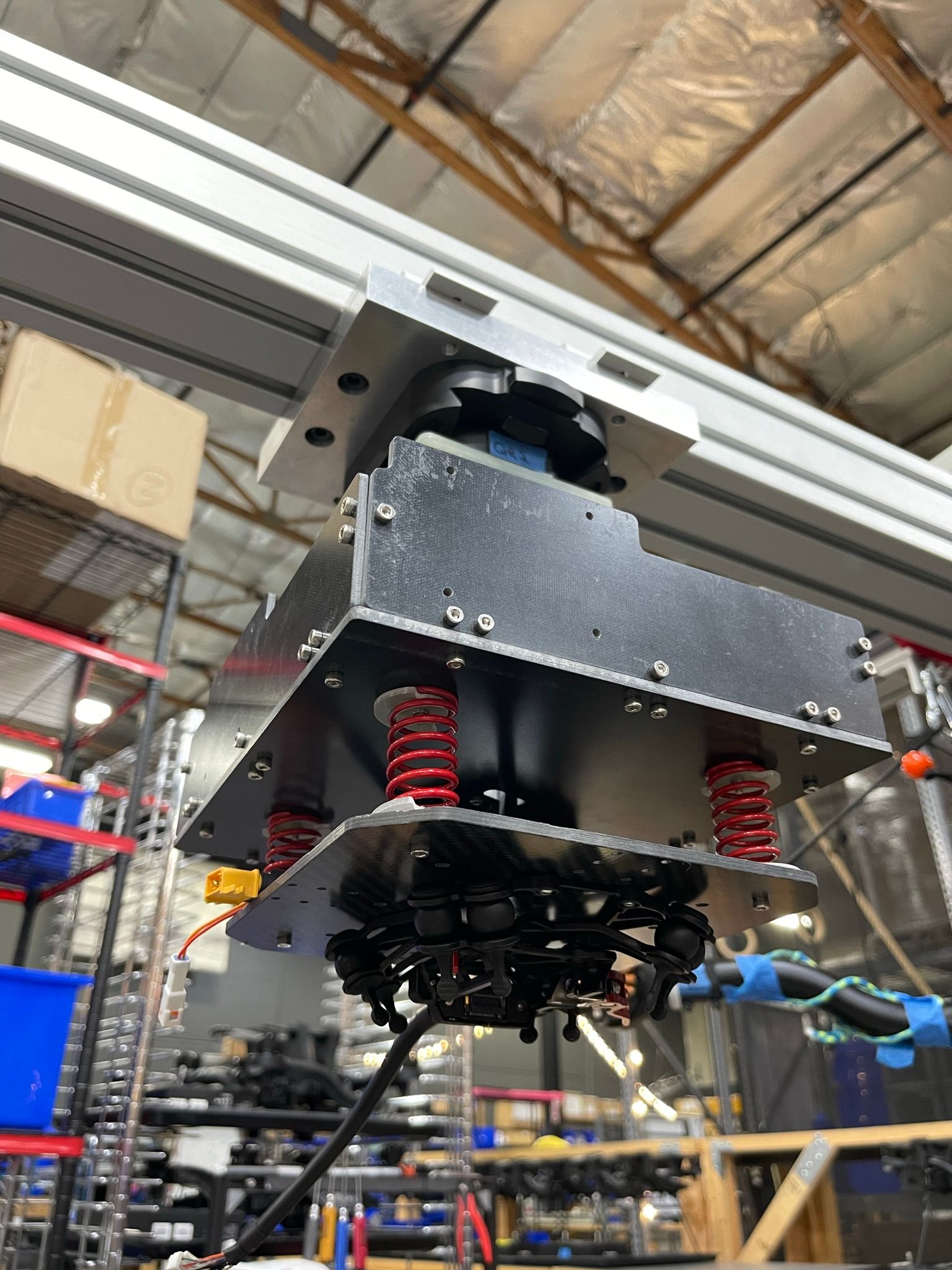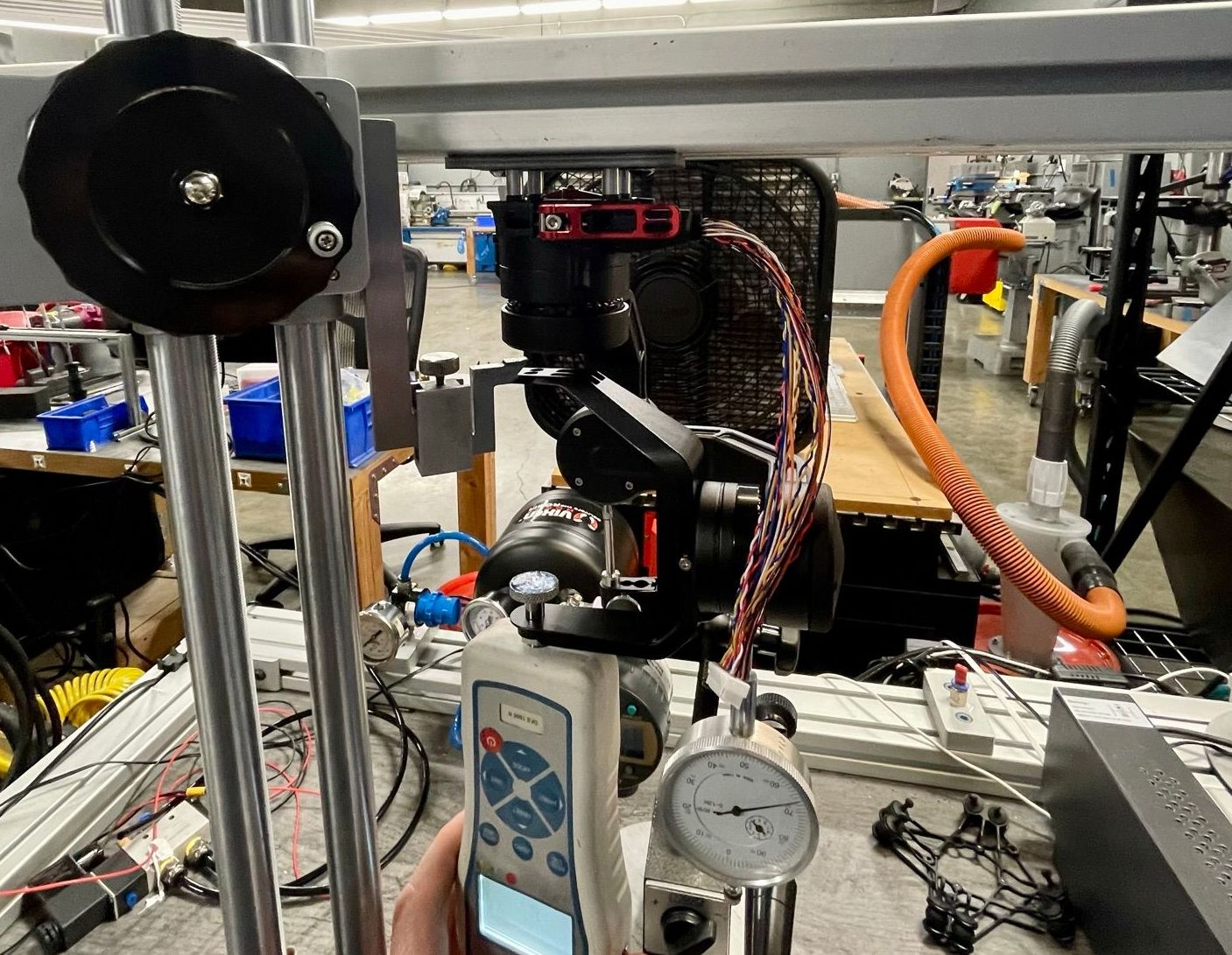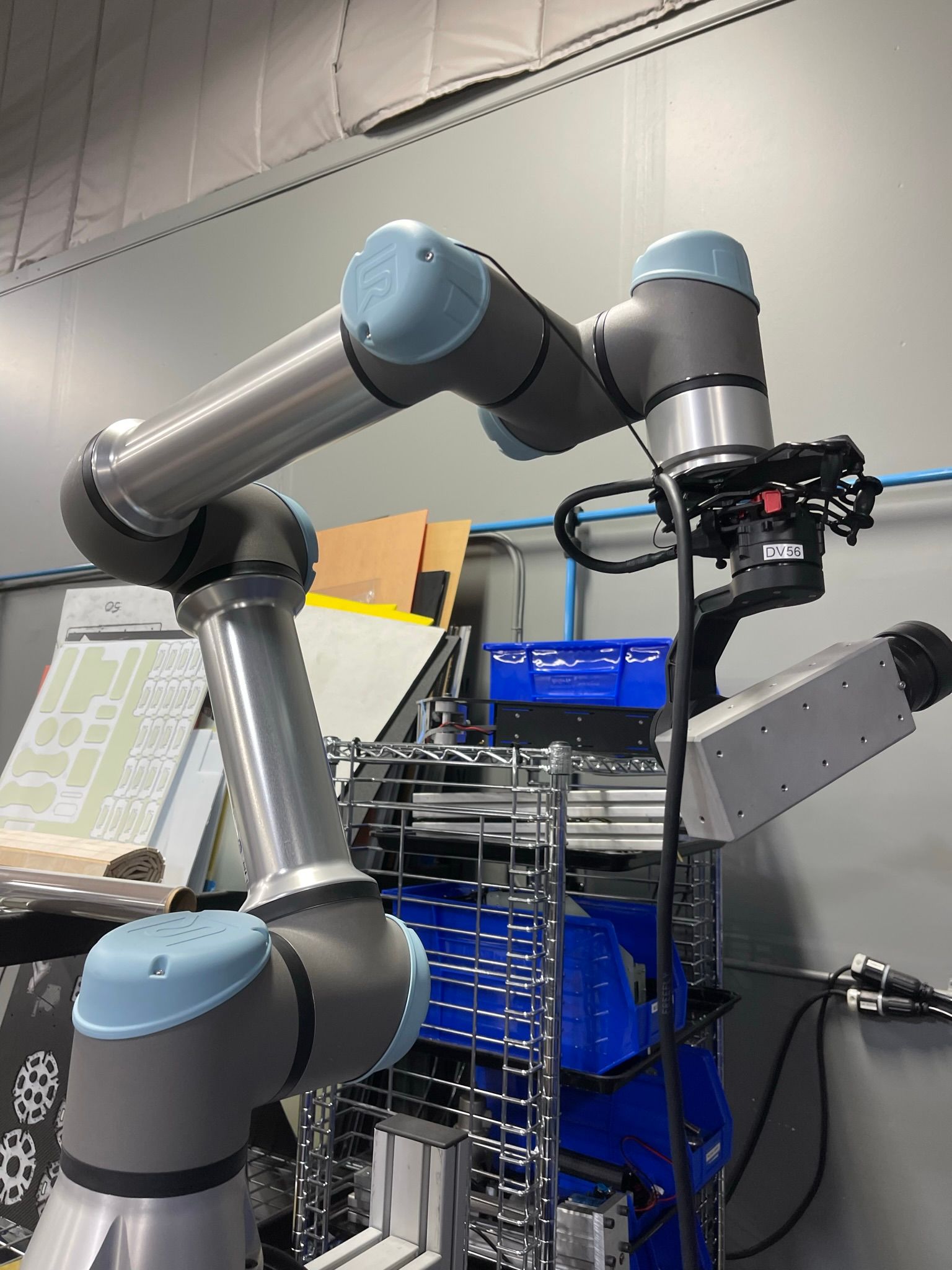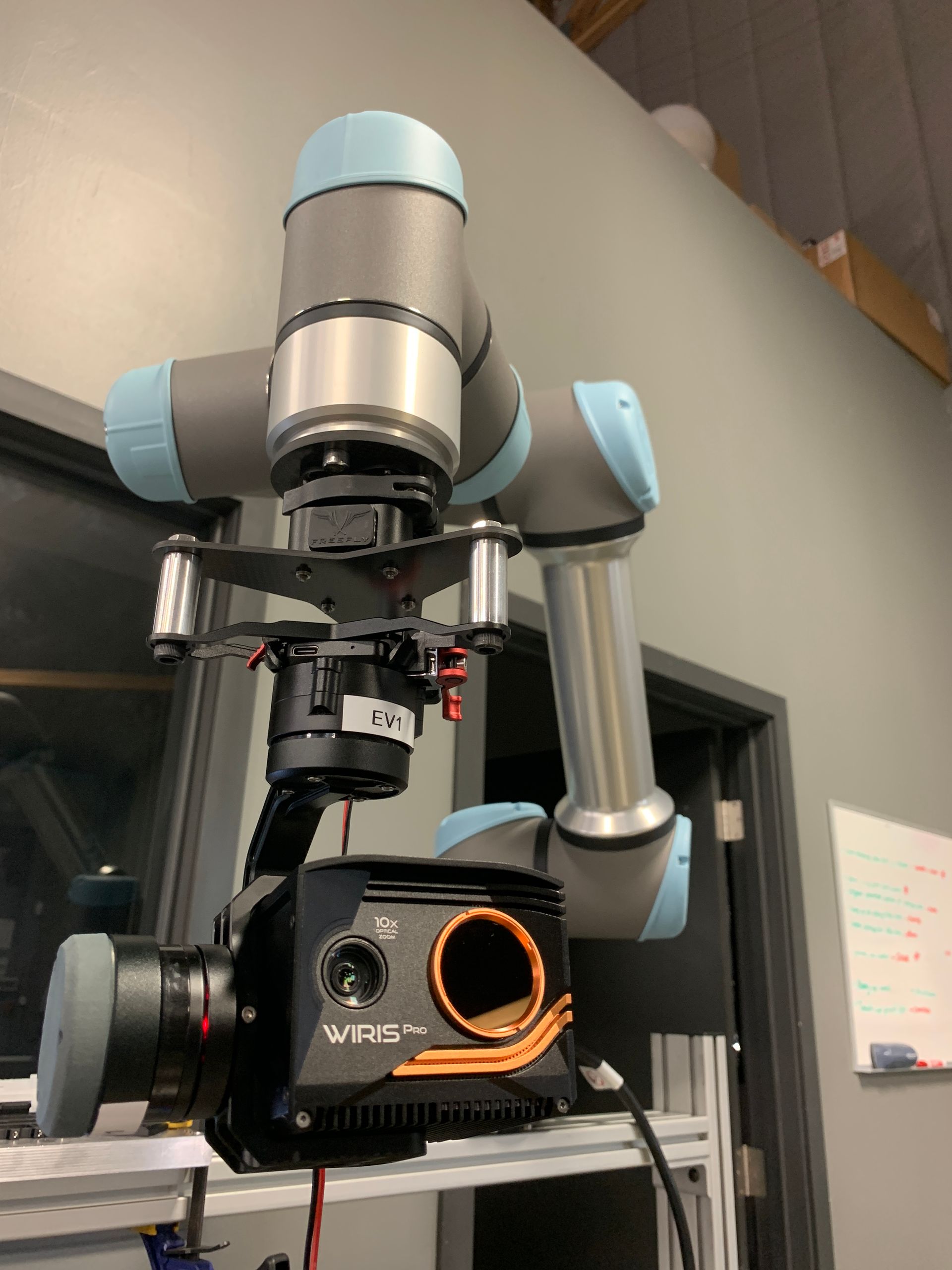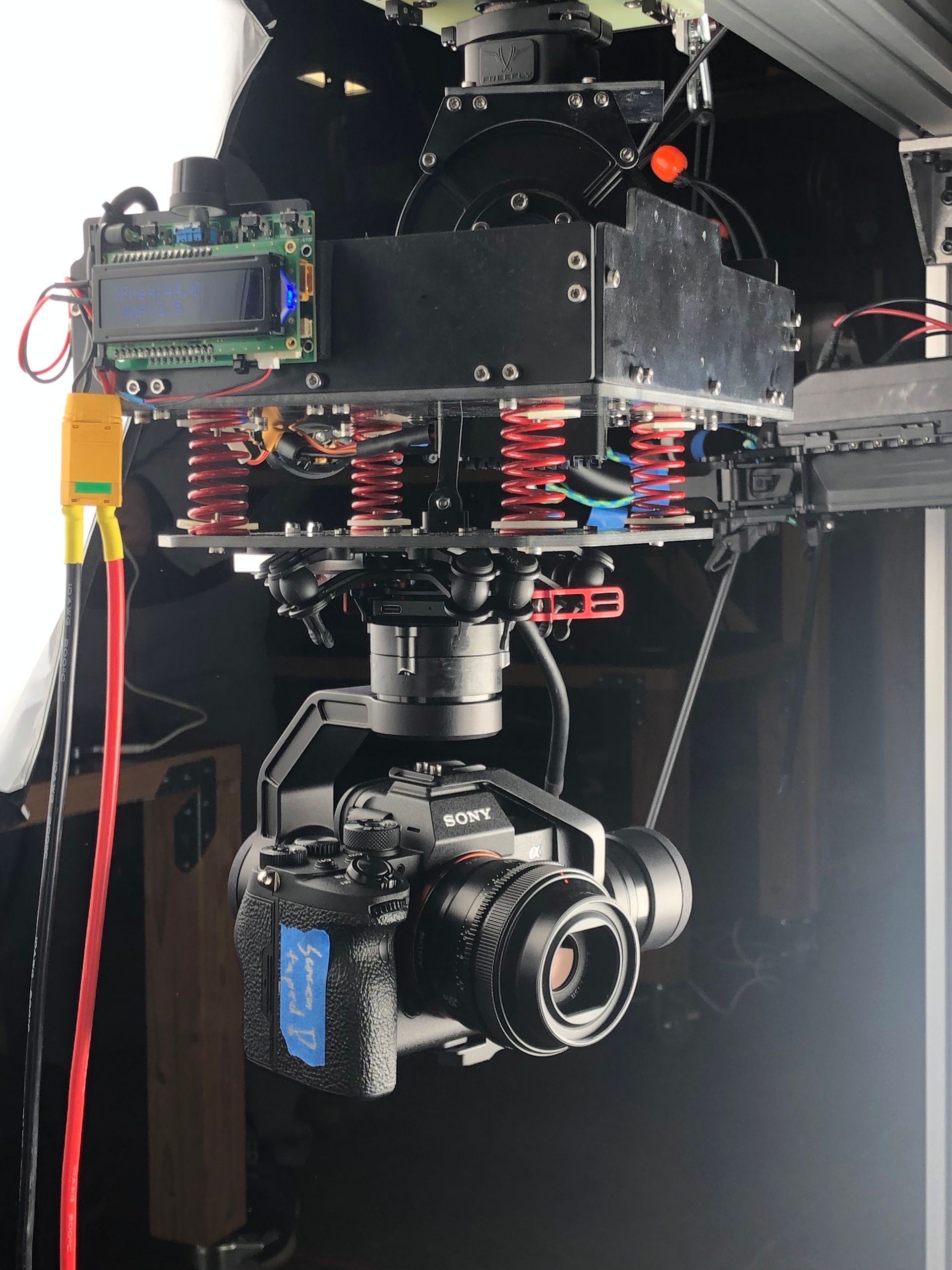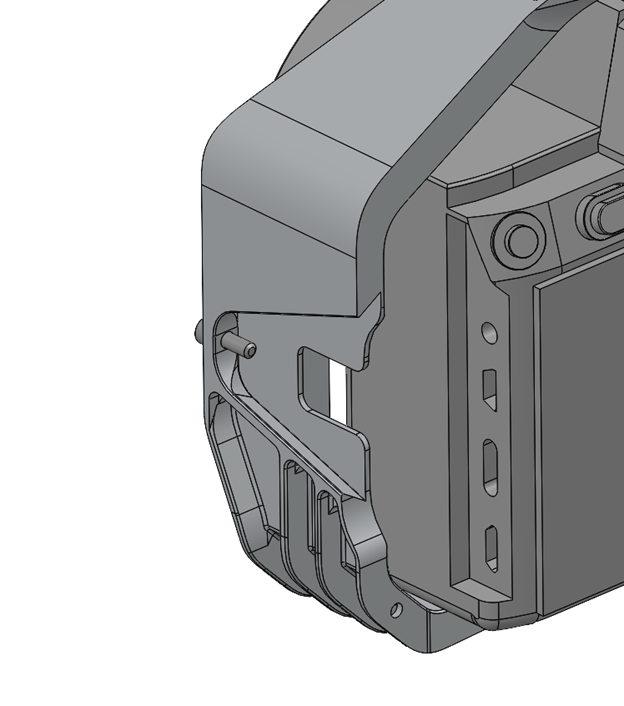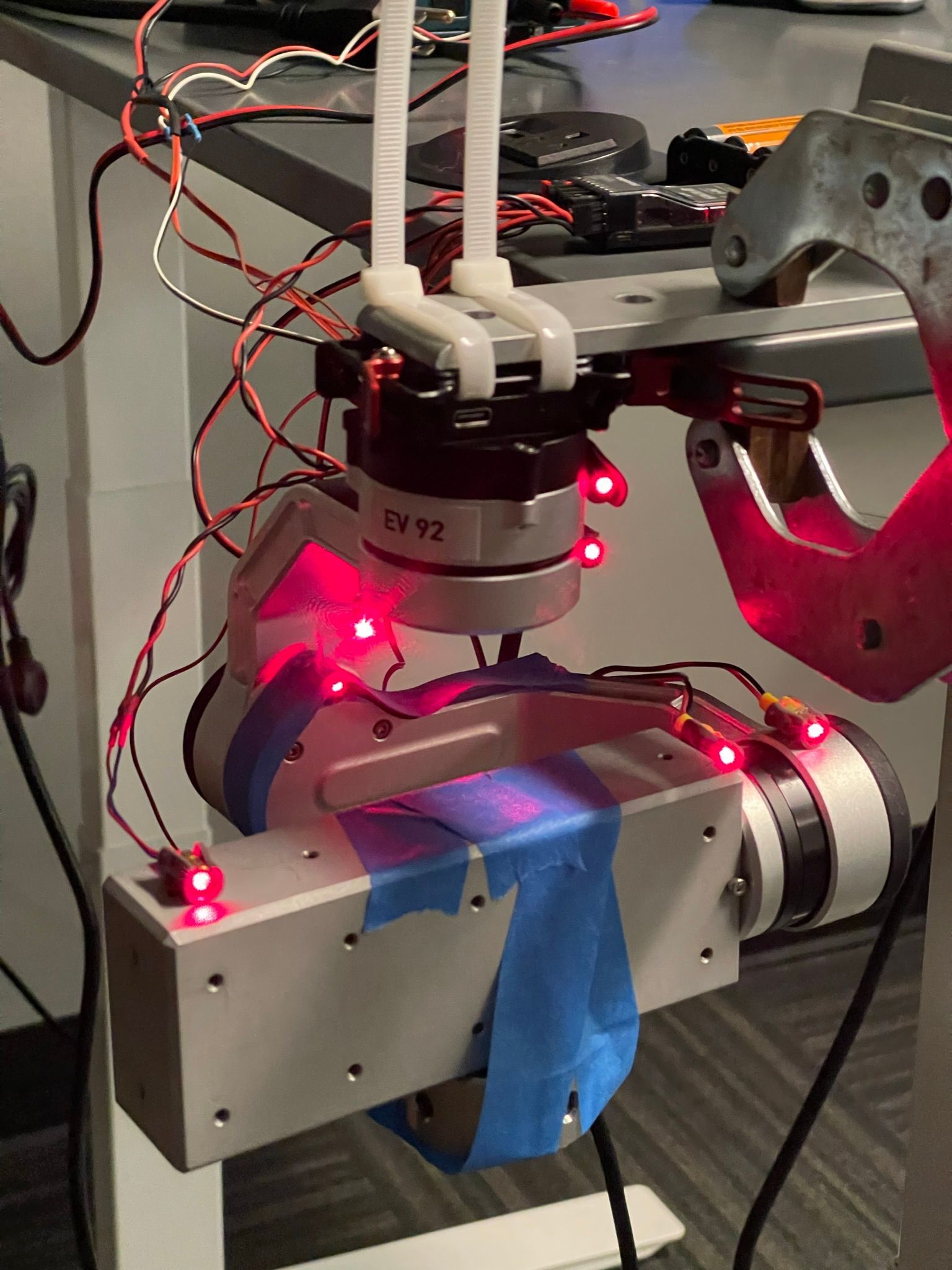MINI GIMBAL
PROJECT ROLE: MECHANICAL ENGINEER then PRINCIPAL ENGINEER
Following Astro's successful launch to production, I turned my attention to the Mini Gimbal project. The creation of a Mini Gimbal would enable Astro to be a fully integrated UAS solution. Historically customers would have to piecemeal their solutions together from multiple vendors, sometimes even modifying the parts in order to get the integration to fully function. By including an integrated gimbal into Astro, along with a bespoke smart battery, and swappable gimbal payloads, we were able to fill a need from customers across industries and verticals. Ultimately the strategic decision to design the gimbal in-house ensured complete control over the product's design, interface, user experience, and weight optimization.
Leveraging the engineering team’s experience from previous gimbal projects like Carbon, XL, Pro, and Cinema Robot, the Mini Gimbal's design was completed during a two-week break in Astro's schedule. My responsibilities included designing the Astro to gimbal electromechanical interface, vibration isolation, packaging, and the pan motor assembly. During the break in Astro’s schedule, engineering validation was conducted on the gimbal, while leading effort organizationally I also conducted the gimbal stiffness, lifecycle, and interface testing. Once testing on the gimbal came to a close, the engineering team split to work simultaneously on the gimbal, battery, and Astro. I returned to Astro and lead its efforts over the final months before completion.
Following Astro's successful progression to the mass production stage, I turned my attention back to the Mini Gimbal project. This involved solving lingering issues including, deteriorating motor stiffness, resonance interactions between the aircraft and gimbal, and payload misalignment. At this point Astro and its smart battery were both waiting on the completion of the Mini Gimbal, requiring me to balance the gimbal’s transition to manufacturing with solving issues in the design. Fortunately I was able to strategically move ahead with key parts of the manufacturing preparation work while overcoming the design issues so no manufacturing work needed to be redone and the schedule was not extended by the lack of closure in engineering. My manufacturing ownership extended to creating a new manufacturing workflow, fixture design, and the establishment of a new production line workcell. To ensure success of this new line concept and process workflows, I stayed behind to oversee the assembly of the first 100 units. This allowed quick resolution of issues when they arose on the production line, including problems with IMU temperature calibration, programming glitches, and fixture modifications to ensure efficiency. While the Mini Gimbal was one of the smaller projects in terms of BOM size, complexity, and physical size, the repeated project handoffs, level of integration with Astro, and novelty of the production process made for a challenging project.
